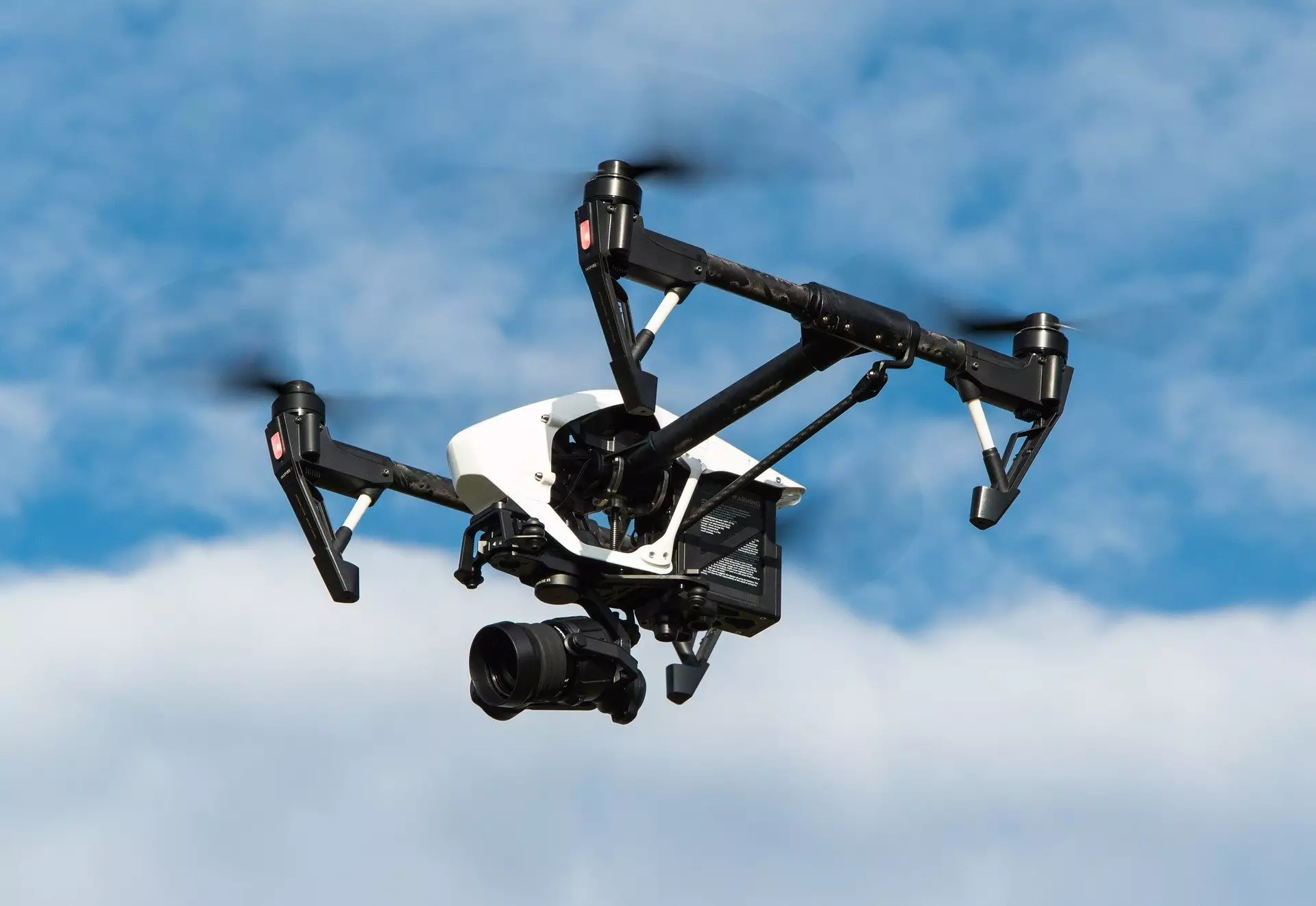Drones have the potential to revolutionize the construction industry in the UK by offering a cheaper, safer, and more efficient alternative to human workers for certain tasks. They can be equipped with video cameras and sensors to monitor site progress, conduct safety inspections, and even lift heavy materials, with some models capable of lifting over 20kg. This not only reduces the risk of accidents such as workers falling from heights but also lowers the cost of site monitoring at night and provides safety inspections over large areas of land.
Despite the advantages that drones offer, the current drone policy in the UK is fragmented and confusing. There are local bylaws, national legislation, and retained EU rules that create a patchwork of regulations that construction companies need to navigate. To operate a drone in a busy urban area, a company must go through a complex process that involves registering the drone, undergoing pilot training, securing insurance, and obtaining operational approval from the Civil Aviation Authority (CAA). This regulatory burden makes it challenging for companies to operate efficiently and can introduce delays to construction projects.
There is a need for a new national framework for commercial drone deployment in the UK that simplifies the approval process and creates consistency across the board. This framework should encompass all benefits and risks under a single law and streamline the process for companies to obtain approval to use drones in construction. By greenlighting certain use cases quickly and relaxing line-of-sight requirements in hazardous areas, worker safety could be enhanced.
In addition to humans, the law must also protect flying animals and insects, especially those that are in danger of extinction. The environmental impact of drones, including the risk of fire if carrying dangerous materials, needs to be carefully evaluated. The UK government should leverage scientific and technical expertise to create resources that expedite the approval process and allow best practices to proliferate in the industry.
As AI becomes more integrated into decision making for drones, there are considerations that need to be addressed. Regulations need to be in place to determine responsibility if a control program fails and what disclaimers are needed. Additionally, as AI techniques are based on limited data, there may be challenges in meeting safety standards that are vital for the construction industry.
Integrating drones into the UK’s construction industry has the potential to bring about a new housing boom by providing cheaper, safer, and more efficient construction processes. However, for this to become a reality, the government must embrace the technological revolution and establish a more robust drone policy and regulation to pave the way for future advancements in the industry.


Leave a Reply